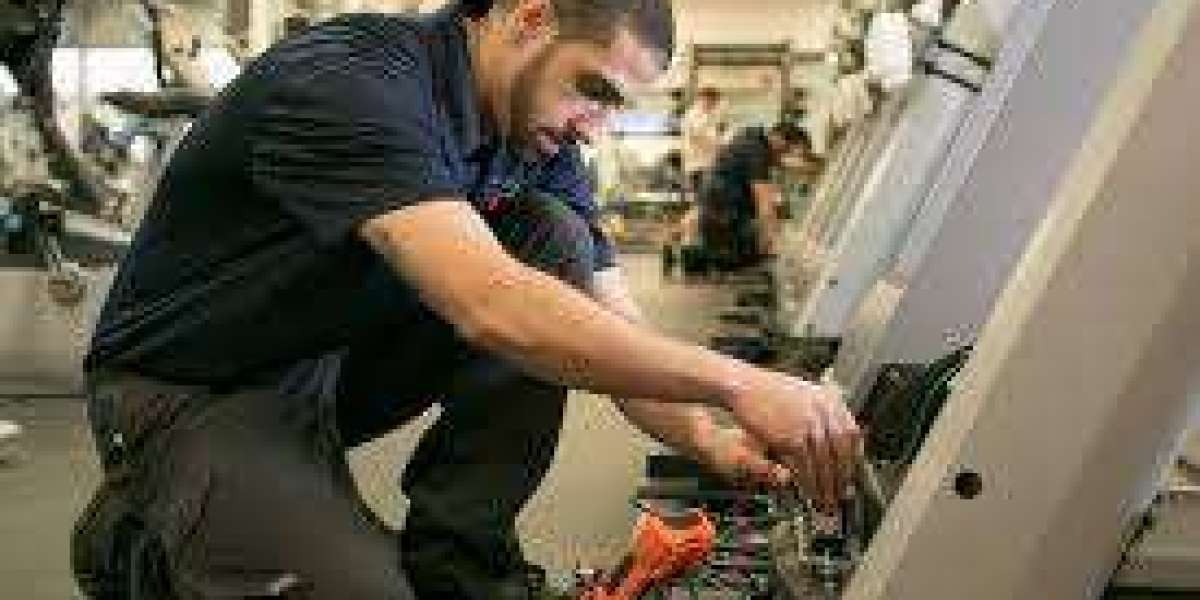Introduction
Gym safety equipment inspections are essential for maintaining a safe and efficient workout environment. Whether you’re managing a commercial fitness center or have a personal gym, ensuring that your equipment functions correctly reduces injury risks and extends the life of expensive machinery. This guide outlines best practices for inspecting gym equipment and maintaining a safe workout space.
Why Gym Safety Equipment Inspections Are Important
Prevent Accidents and Injuries
Faulty gym equipment can cause severe injuries, including sprains, fractures, and muscle tears. Regular inspections help detect wear and tear before accidents happen.Prolong Equipment Lifespan
Routine maintenance and inspections prevent costly breakdowns, extending the life of gym machines.Ensure Compliance with Safety Standards
Gym owners must adhere to local safety regulations and industry standards. Regular inspections help meet these legal requirements.
Essential Gym Equipment to Inspect
Cardio Machines (Treadmills, Ellipticals, and Bikes)
- Check for frayed belts and loose bolts.
- Test electronic displays and safety stop features.
Weight Machines
- Inspect cables for fraying or wear.
- Ensure pulleys rotate smoothly without resistance.
Free Weights (Dumbbells, Barbells, and Plates)
- Look for cracks or chipping on weights.
- Ensure collars and clamps are secure.
Benches and Racks
- Verify the stability of benches and racks.
- Tighten any loose bolts or fasteners.
Resistance Bands and Suspension Trainers
- Check for cracks, tears, or weakened sections.
Flooring and Mats
- Inspect for wear, tears, or slippery areas that could pose a hazard.
Protective Gear (Gloves, Straps, and Mats)
- Ensure cleanliness and structural integrity.
Step-by-Step Inspection Checklist
Daily Inspections
- Ensure all machines are turned off properly after use.
- Wipe down and sanitize high-contact surfaces.
- Check for immediate hazards like loose weights or frayed cables.
Weekly Inspections
- Test all electronic components on cardio machines.
- Tighten bolts on weight machines and racks.
- Inspect padding for tears or excessive wear.
Monthly Inspections
- Lubricate moving parts on treadmills and elliptical machines.
- Check pulley systems and resistance cables.
- Test emergency stop buttons on cardio machines.
Quarterly Inspections
- Conduct a thorough inspection of all machines and free weights.
- Replace worn-out cables or other parts.
- Evaluate the condition of flooring and mats.
Annual Professional Maintenance
- Schedule a certified technician to conduct an in-depth inspection and maintenance.
Best Practices for Maintaining Gym Equipment
Keep Equipment Clean
Dirt and sweat can accelerate wear and tear. Clean machines regularly.Train Staff Properly
Ensure staff members are trained to identify equipment issues and perform basic maintenance.Encourage Member Reporting
Create a system where gym members can report faulty equipment.Maintain a Detailed Logbook
Keep records of inspections, repairs, and maintenance schedules.
Common Equipment Issues and How to Address Them
| Issue | Cause | Solution |
|---|---|---|
| Frayed Cables | Overuse or poor storage | Replace cables |
| Slipping Belts | Wear and improper tension | Adjust or replace belts |
| Squeaky Machines | Lack of lubrication | Apply machine lubricant |
| Loose Bolts | Vibration from use | Tighten bolts regularly |
Safety Tips for Gym Users
- Always check equipment before use.
- Follow proper lifting and usage techniques.
- Report any damaged equipment to gym management immediately.
Conclusion
Regular gym safety equipment inspections are crucial for preventing injuries, maintaining compliance, and preserving the longevity of fitness equipment. By following the outlined inspection schedules and best practices, gym owners and managers can ensure a safe and enjoyable workout environment for all users.








